CES 2025: a collection of this year’s conceptual tech and real-world innovations
Robots of every shape and size were on display at CES, some with more promise than others, along with new approaches to art, health and entertainment

Robotics held a big sway for fair goers at this year's CES, now with the added promise (or threat) of increased AI integration. In fact, it was hard to find anything that hadn’t had some form of AI fairy dust sprinkled over it, much to the delight of the chip makers and software companies that are profiting from the boom.
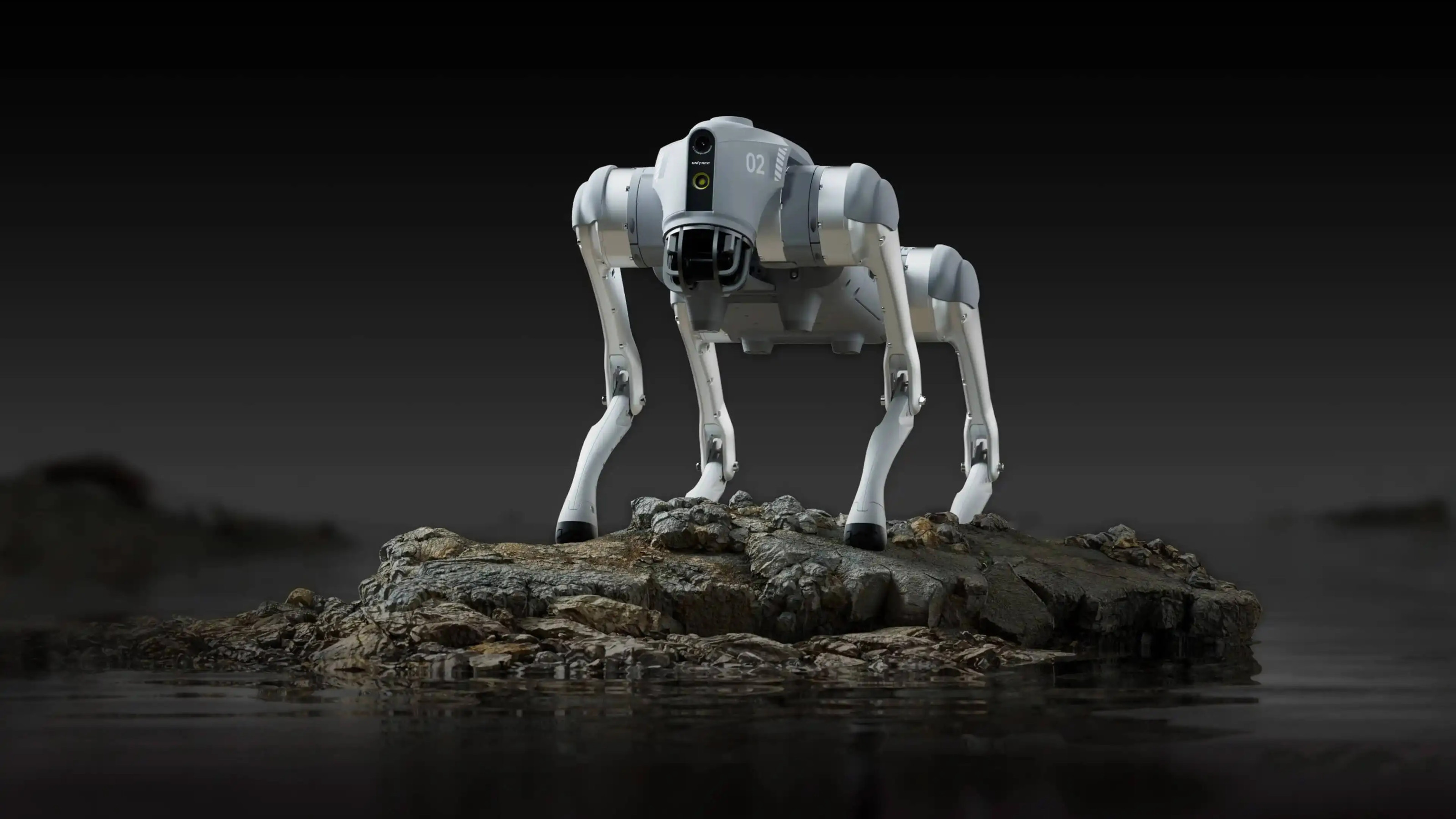
Unitree Go2 robot
Away from smart companion concepts and menacing robodogs, there was also the softer side of technology on display, like an E-ink poster frame, smart telescope and an intriguing health monitoring mirror concept from Withings. Read on to discover our pick of the visions and innovations at this year’s CES.
1. TCL AI Me robot
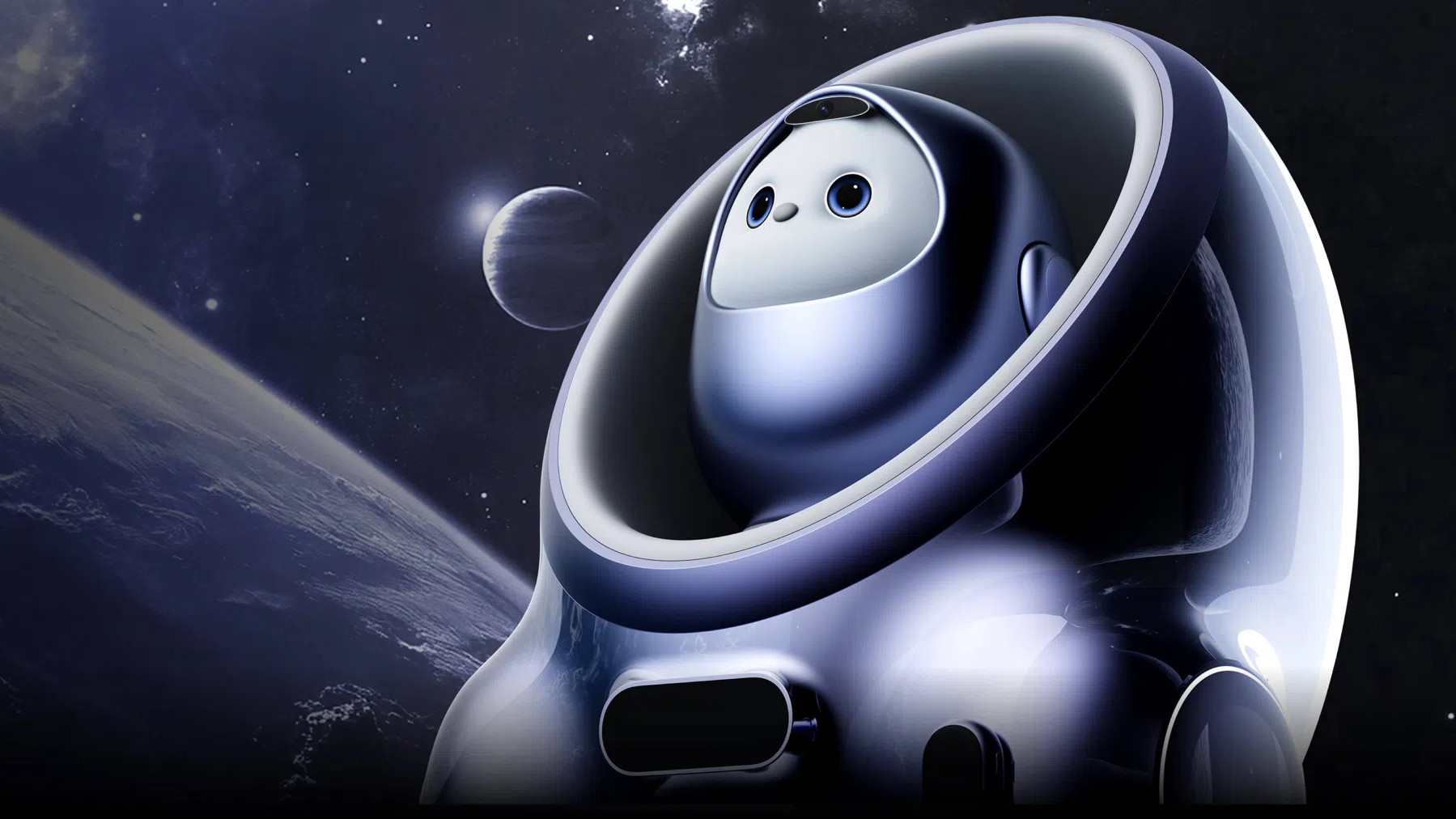
TCL AI Me companion robot
TCL AI Me, pronounced ‘Amy,’ is a concept for a robot companion, a friendly presence rather than a lumbering humanoid. The wheeled droid is a sort of webcam on wheels, trundling around the house to ‘preserve meaningful moments with your family,’ as well as undertaking security duties. Styled like a tiny creature sitting atop a futuristic mobility pod, AI Me is an indication of the diverse future of robotic pets.
2. Mirokaï robot
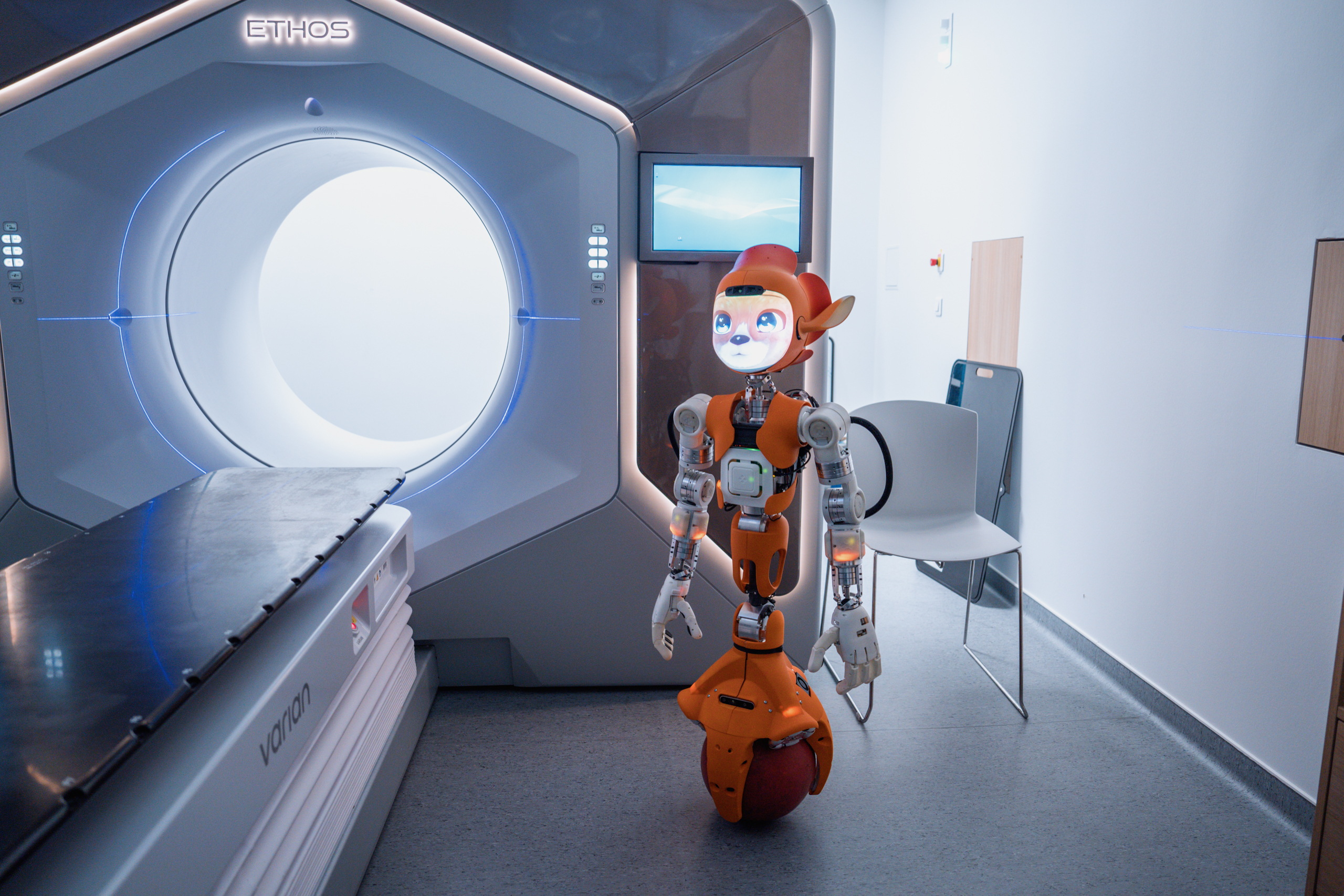
Mirokaï robot by Enhanced Tools
Parisian-based startup Enhanced Tools debuted an upgraded version of its anime-style quasi humanoid robot, Mirokaï. First introduced in 2022, Mirokaï is inspired by cartoon design and has a screen-based ‘face’ that allows for limitless expressions and characters.
The company has now integrated an LLM for better AI performance and already has a practical application for the machine; ‘offering emotional support and company to children in the Montpellier Cancer Institute’s paediatric radiotherapy department when healthcare professionals or their families cannot join them during treatments.’
Wallpaper* Newsletter
Receive our daily digest of inspiration, escapism and design stories from around the world direct to your inbox.
3. Mirumi by Yukai Engineering

Mirumi by Yukai Engineering
Scale down ever further and you get to Mirumi, a concept for a robotic companion that’s set to be crowdfunded later in the year and has a far less emotionally taxing job than Mirokaï.
Put simply, the Mirumi is a clip-on creature that lives on your bag, ‘a mascot robot … designed to recreate the joy of encountering and interacting with a human baby.’ Programmed to respond to touch and sound as if shy or bashful, it showcases our willingness to bond with machines.
2. Unitree G1 and Go2 robots
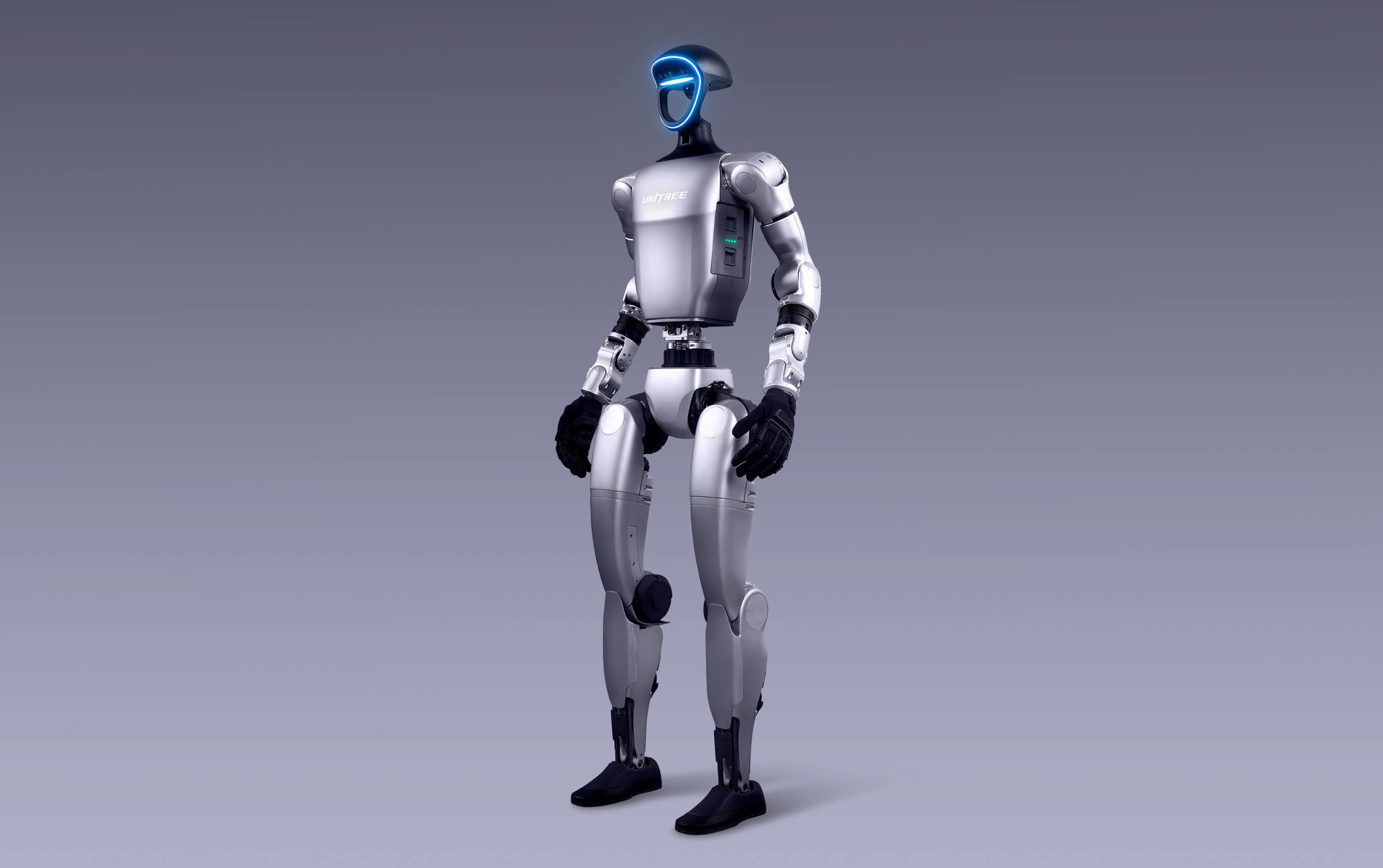
Unitree G1 Humanoid robot
The contents of Unitree’s robotic stable conforms to the general perception of how the next generation of android will appear. In addition to its Go2 Canine robot (also available as the Go2-W wheeled version), the G1 is the company’s second humanoid robot.
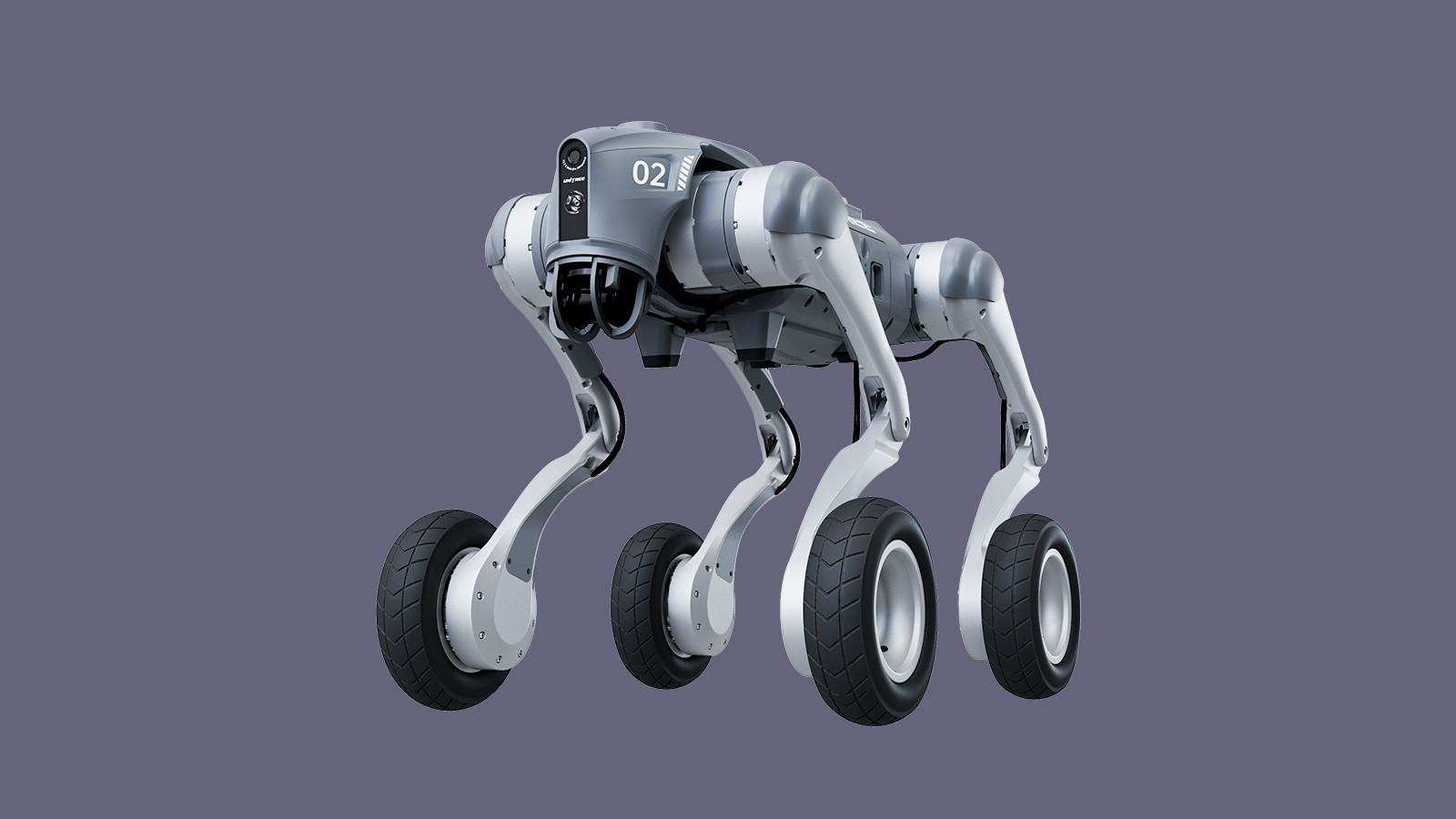
Unitree Go2-W robot
An evolution of the H1 model, the G1 is described as a ‘humanoid agent AI avatar,’ with hyper-flexible jointed arms and legs, 3D lidar based vision system and two hours of battery life. Standing 130cm high, the G1 is on sale now from $16,000.
5. Dwarflab Dwarf 3 Smart Telescope
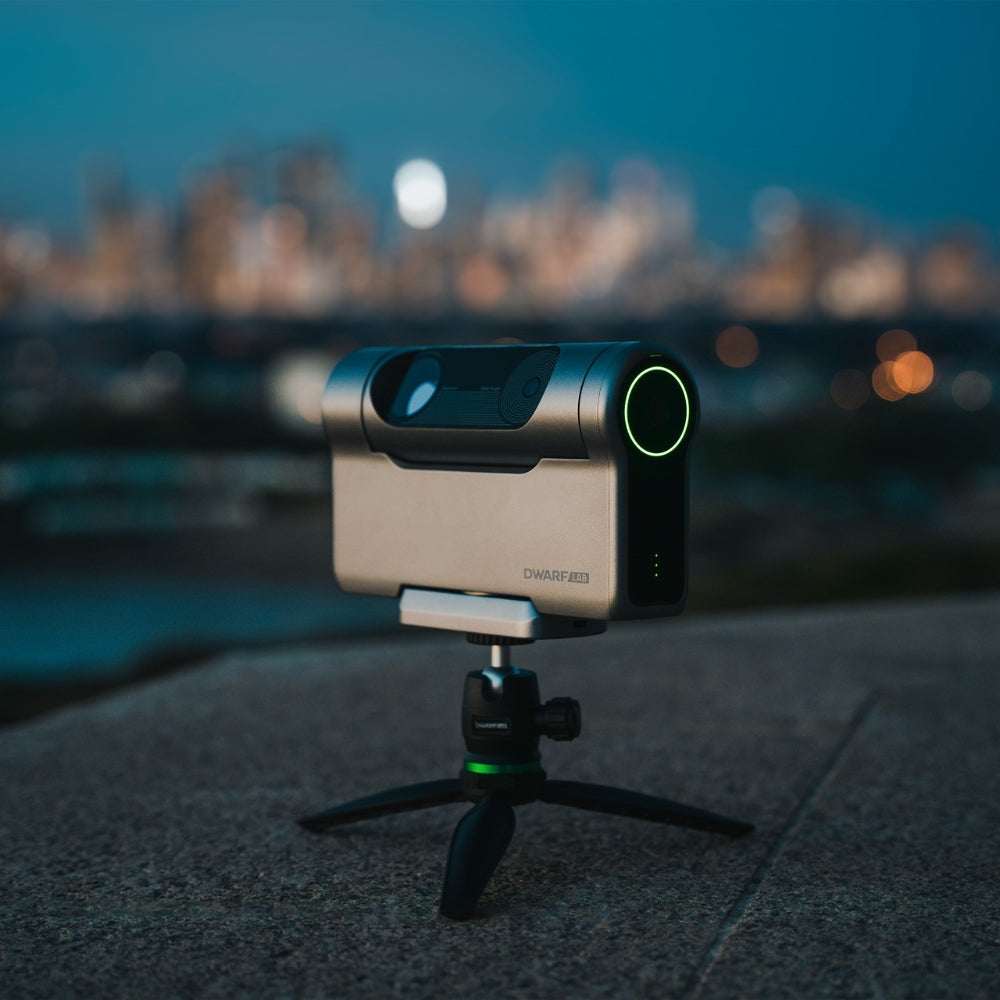
Dwarflab Dwarf 3 Smart Telescope
Practically pocketable, Dwarflab claim their new gadget is the world’s lightest smart telescope. In practical terms, this means a tiny device that’ll introduced you to the world of astrophotography, with a host of automated systems to create stunning imagery of the night sky.
Dwarf 3 Smart Telescope, £425, Dwarflab.com
6. Withings Omnia Smart Mirror

OMNIA smart mirror from Withings
Withings showcased the Omnia mirror, the French wellness brand’s vision of tomorrow’s health-obsessed automated home help. The company describes this as hypothetical ‘ultimate health hub,’ a smart mirror that uploads and stores the sensory overload received from a Withings smart watch and, and combines this with monitoring and feedback and advice, ‘bridging the gap between personal health tracking and professional healthcare services.’
7. Ultrahuman Rare
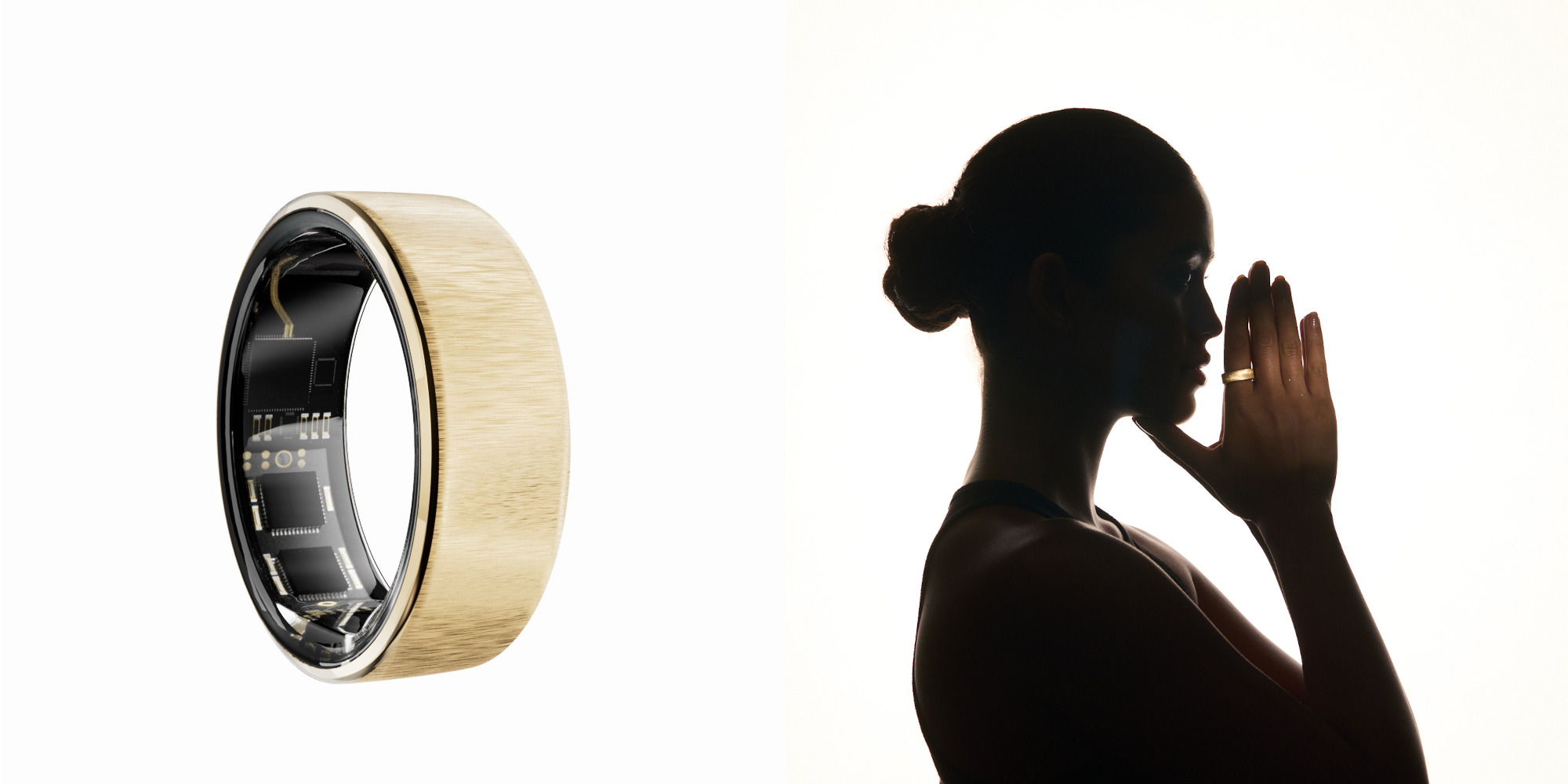
Ultrahuman Rare smart ring in Dune
While the Omnia scales up our obsession with body metrics, Ultrahuman’s new Rare smart ring takes the opposite approach. Billed as the world’s first ‘luxury smart ring,’ Rare is available in 18K gold or platinum, and will be retailed through Printemps, Paris and Selfridges in London.
All three Rare rings, Desert Rose (rose gold), Dune (gold) and Desert Snow (platinum) incorporate Ultrahuman’s tiny sensors with are capable of tracking sleep, movement, heart rate (HR), heart rate variability (HRV), stress and skin temperature.
8. PocketBook InkPoster
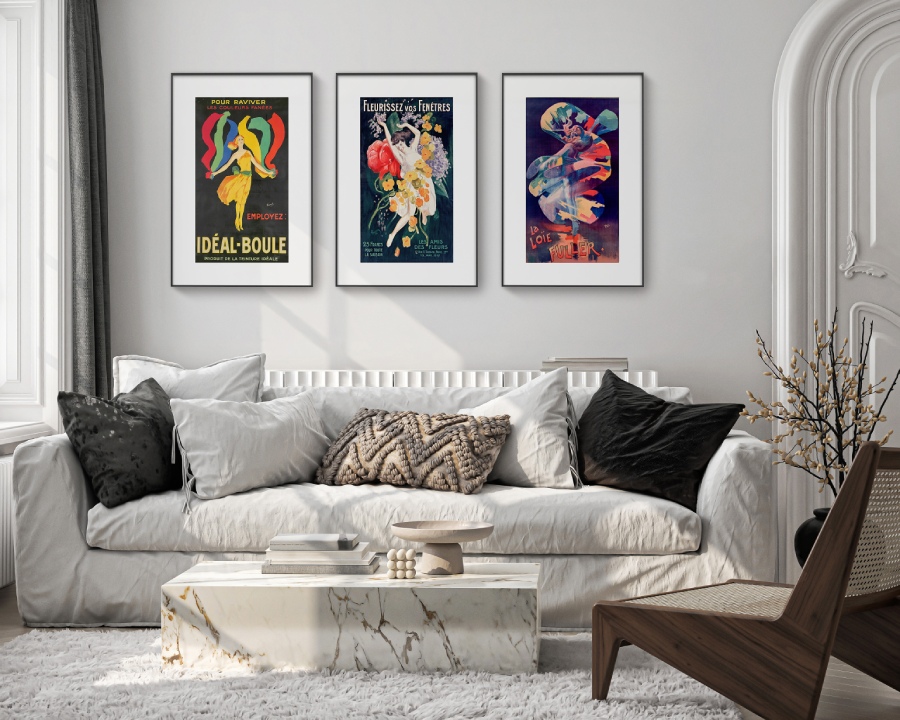
PocketBook InkPoster
E-ink has come a long way in quality and efficiency, so much so that Swiss company PocketBook believes it’s now ready to hit the big leagues and hang on your wall. PocketBook’s InkPoster is a wireless, battery-powered picture frame that incorporates full colour E-ink technology from Japanese giant Sharp.
Taking advantage of the display technology’s low energy use, the InkPoster is a frame for displaying a constantly changing roster of artwork. A single change can last up to a year and the frame emits no glare and images can be swapped out using WiFi or Bluetooth.
9.XGIMI Ascend Concept

XGIMI Ascend Concept
XGIMI’s Ascend is a conceptual vision of a versatile home entertainment system, combining a 100” motorized screen, a short-throw projector and not one but two integrated soundbars. The end result is a sizeable device, one that can either dominate a room or glide away out of sight when not in use – there’s even a virtual fireplace mode. The screen uses an Ambient Light Rejection (ALR) screen, designed to pair with the XGIMI AURA 2 short-throw projector.
10. Rokid AR Spatial
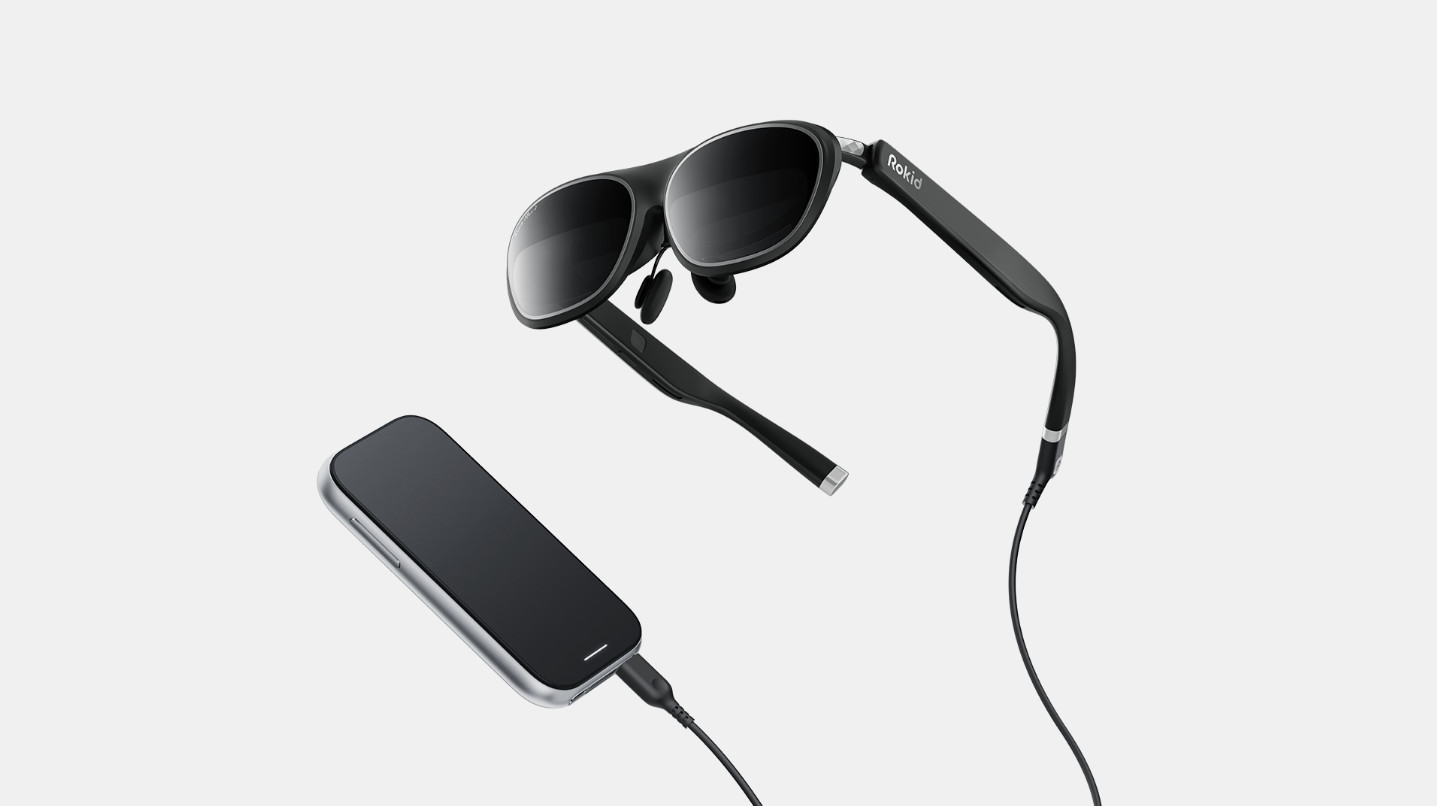
Rokid AR Spatial glasses
A competitor for the Apple Vision Pro, Rokid’s AR Spatial are augmented reality glasses that conjure up a 300” virtual screen in the space in front of you. Also onboard is a 12MP smart camera, and a smart assistant to help with things like real-time translation. While the AR Spatial glasses are less hefty than the Vision Pro, the key component is the software experience, the area Apple has the most expertise.
Jonathan Bell has written for Wallpaper* magazine since 1999, covering everything from architecture and transport design to books, tech and graphic design. He is now the magazine’s Transport and Technology Editor. Jonathan has written and edited 15 books, including Concept Car Design, 21st Century House, and The New Modern House. He is also the host of Wallpaper’s first podcast.
-
 Titanium watches are strong, light and enduring: here are some of the best
Titanium watches are strong, light and enduring: here are some of the bestBrands including Bremont, Christopher Ward and Grand Seiko are exploring the possibilities of titanium watches
By Chris Hall
-
 Warp Records announces its first event in over a decade at the Barbican
Warp Records announces its first event in over a decade at the Barbican‘A Warp Happening,' landing 14 June, is guaranteed to be an epic day out
By Tianna Williams
-
 Cure your ‘beauty burnout’ with Kindred Black’s artisanal glassware
Cure your ‘beauty burnout’ with Kindred Black’s artisanal glasswareDoes a cure for ‘beauty burnout’ lie in bespoke design? The founders of Kindred Black think so. Here, they talk Wallpaper* through the brand’s latest made-to-order venture
By India Birgitta Jarvis
-
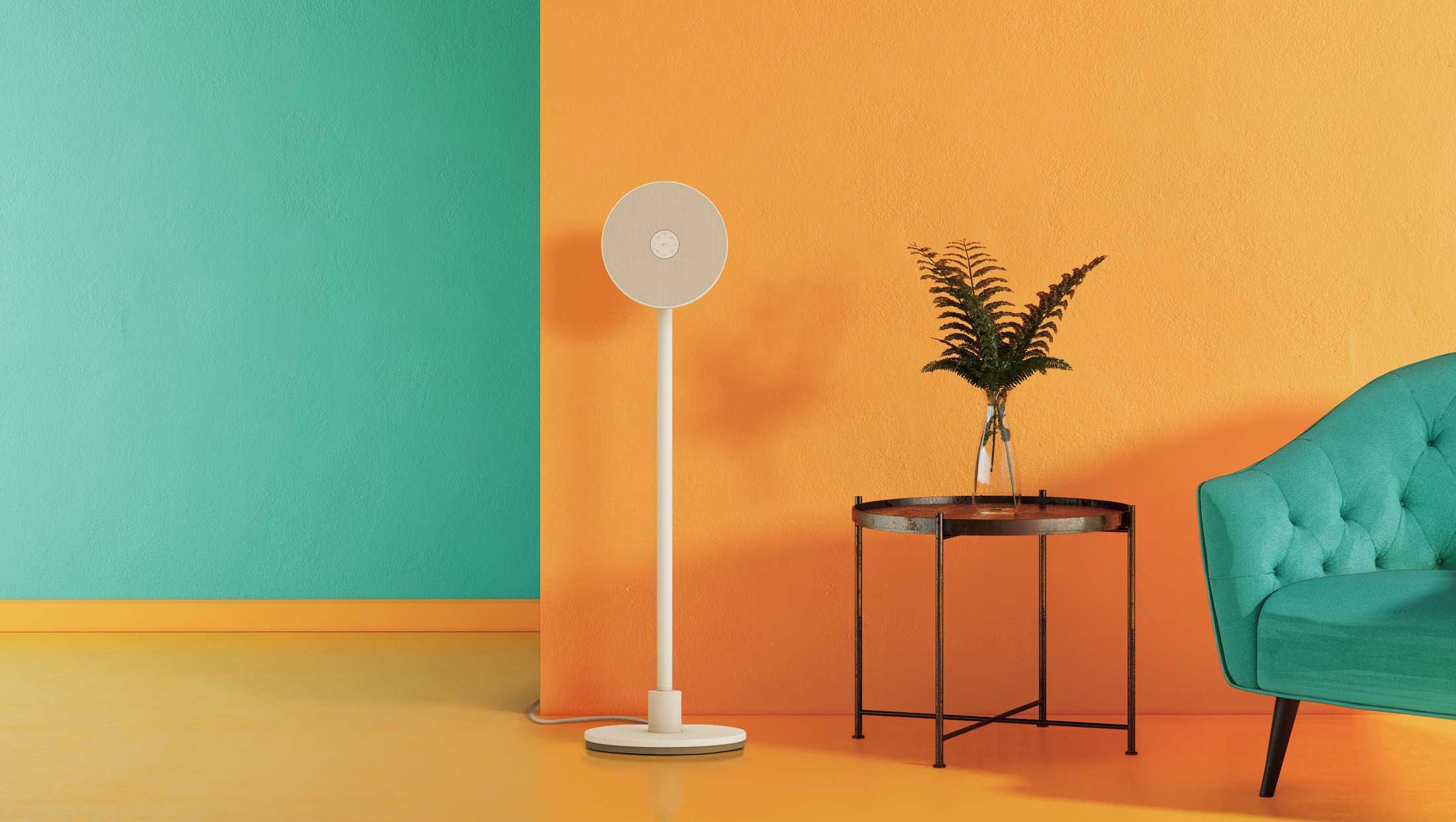 CES 2025: we select the best new tech for home and workplace
CES 2025: we select the best new tech for home and workplaceTen new devices that’ll help define the domestic realm and the world of work, should you wish to immerse yourself still further in the algorithmic mire
By Jonathan Bell
-
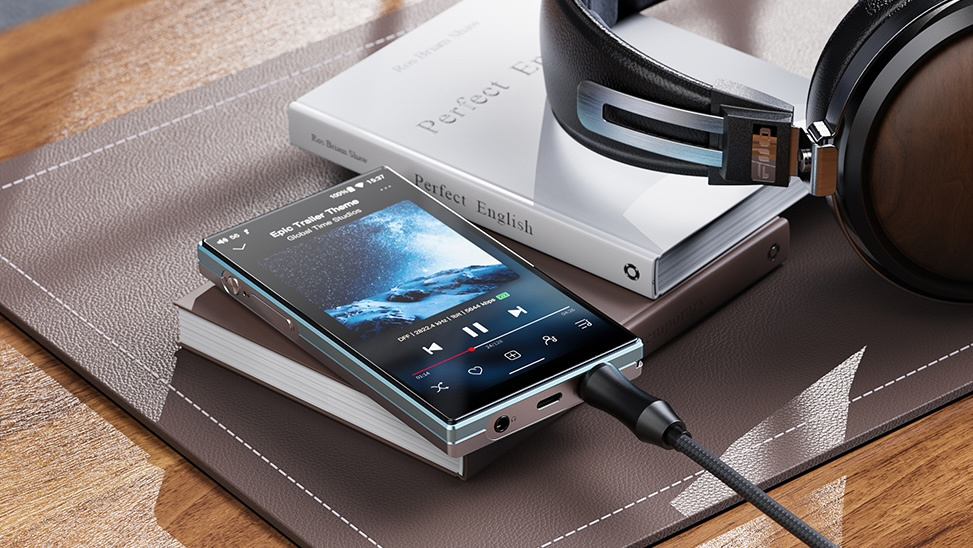 CES 2025: best audio launches from Las Vegas
CES 2025: best audio launches from Las VegasThe news from CES was that good things come in small packages, at least when it comes to contemporary audio devices
By Jonathan Bell
-
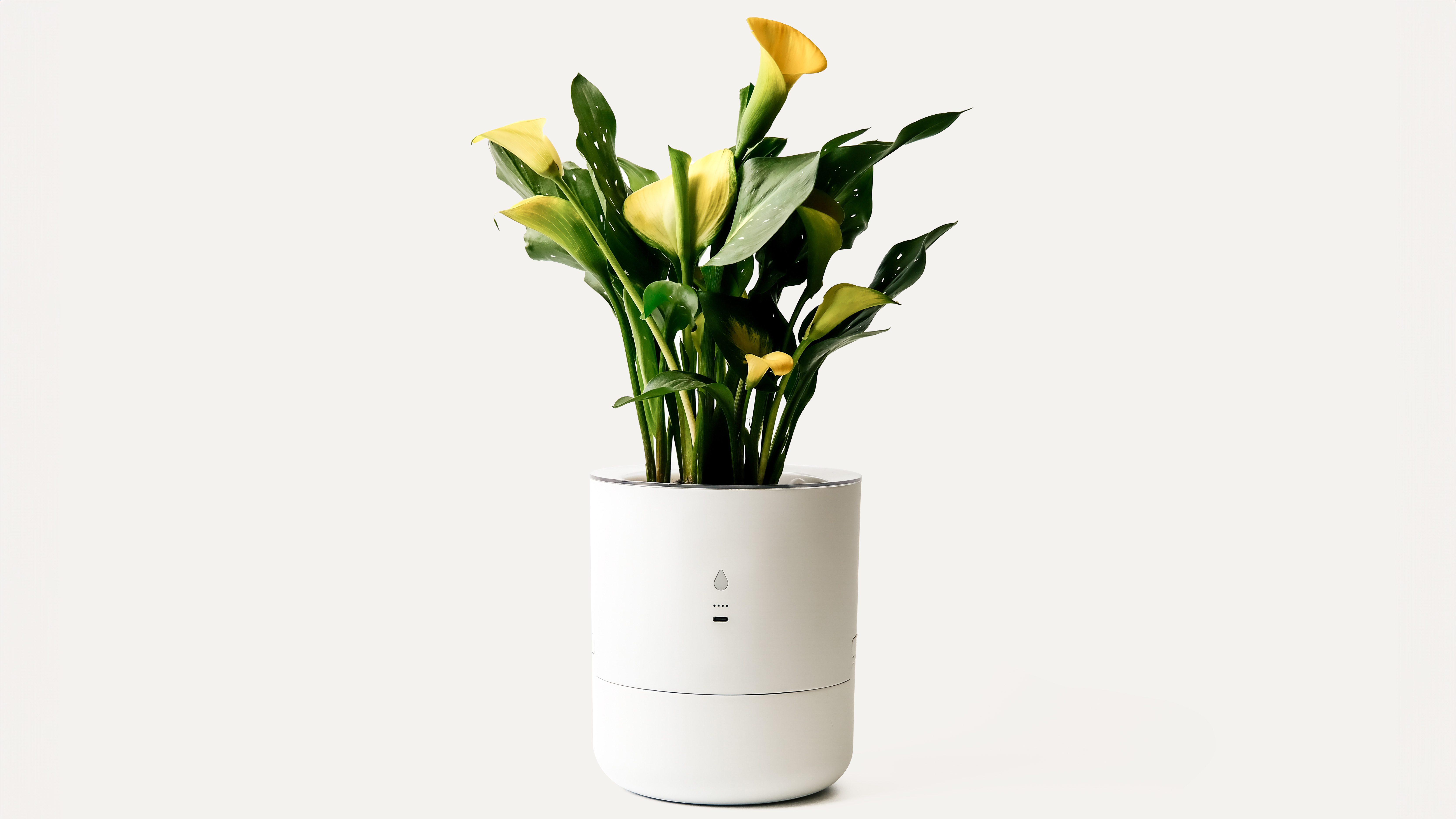 At CES, a self-watering pot that listens to your plant's needs
At CES, a self-watering pot that listens to your plant's needsHopeless with houseplants? This AI-assisted invention gives your little green friends a voice
By Jordan Bassett
-
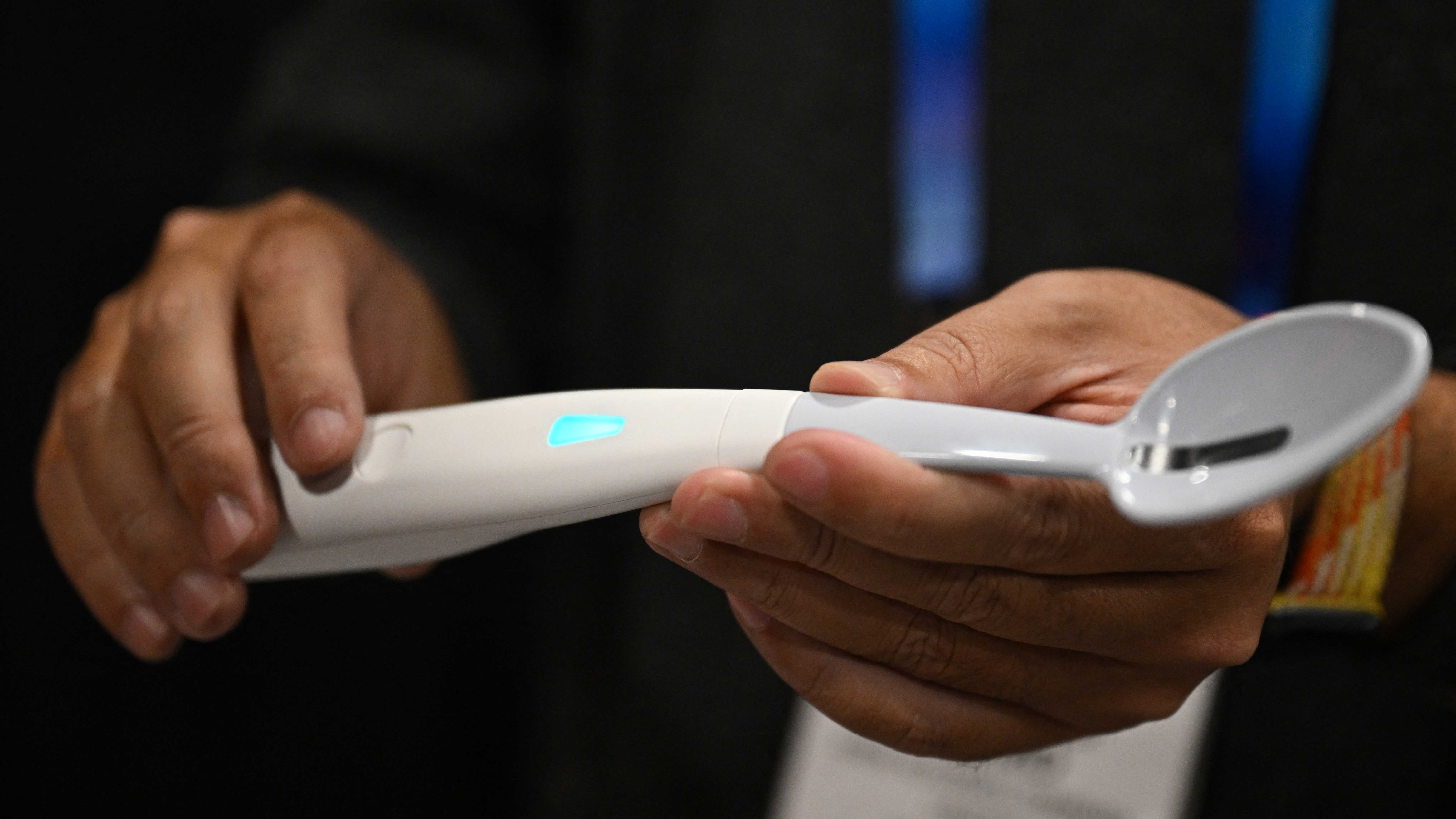 Kirin’s Electric Salt Spoon is the most bizarre exhibit at this year’s CES
Kirin’s Electric Salt Spoon is the most bizarre exhibit at this year’s CESThe innovative device sends an actual electric shock to your tongue, which makes your food taste saltier than it really is
By Jordan Bassett
-
 At CES 2025, Nvidia accelerates towards an AI-driven, robotic-powered autonomous future
At CES 2025, Nvidia accelerates towards an AI-driven, robotic-powered autonomous futureNvidia reveals a personal AI supercomputer, digital replicants of the physical realm, and chips to give cars and robots their long-awaited true autonomy
By Jonathan Bell
-
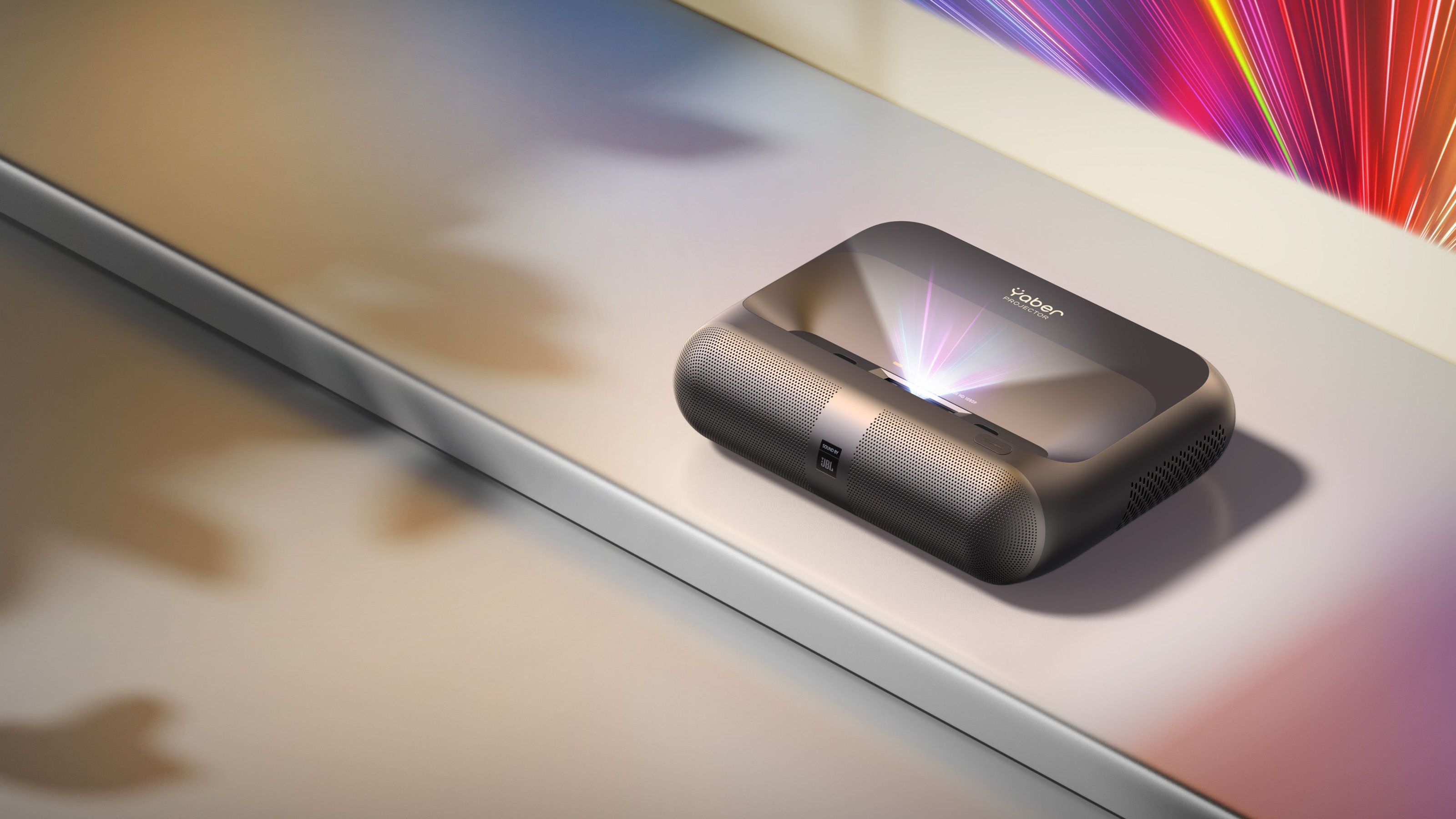 Shine on: Yaber brightens home entertainment with two new compact projectors
Shine on: Yaber brightens home entertainment with two new compact projectorsYaber showcased new projectors at CES 2025 – its first ultra-short-throw device, as well as an ongoing collaboration with the estate of Keith Haring
By Jonathan Bell
-
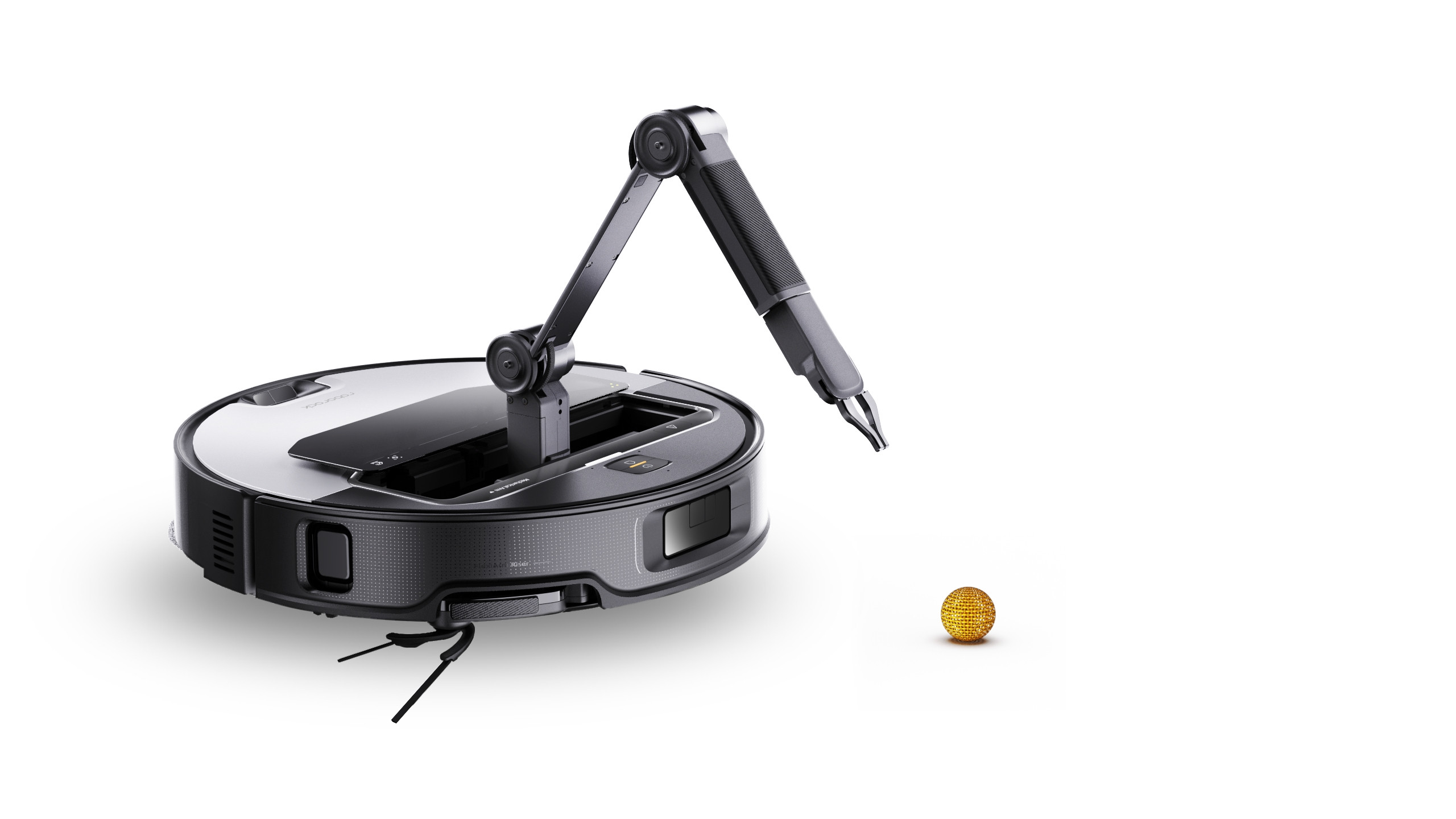 At CES, the robotic revolution just took a significant step forward with this compact home help
At CES, the robotic revolution just took a significant step forward with this compact home helpThe Roborock Saros Z70, revealed at CES 2025, marks the evolution of the autonomous robotic vacuum to a smart, sock-clearing robot that’ll tidy as well as sweep
By Jonathan Bell
-
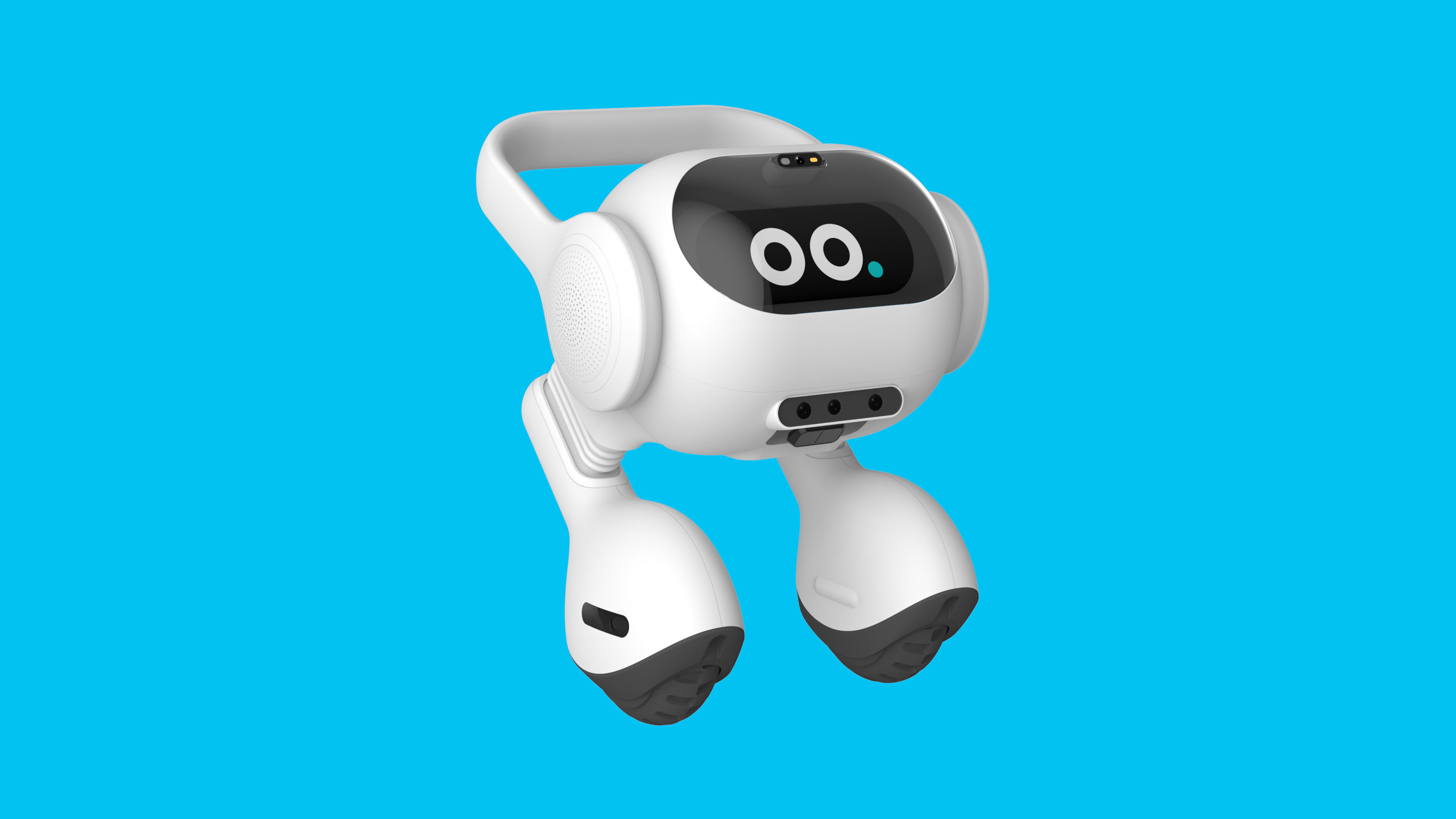 CES 2024: truly all the tech you need and then some
CES 2024: truly all the tech you need and then someThe best tech of CES 2024, from next-level laptops to mindful mirrors, audacious audio and more innovation than you can shake a smart bot at
By Jonathan Bell